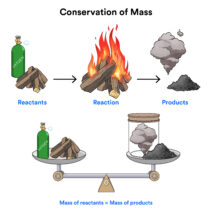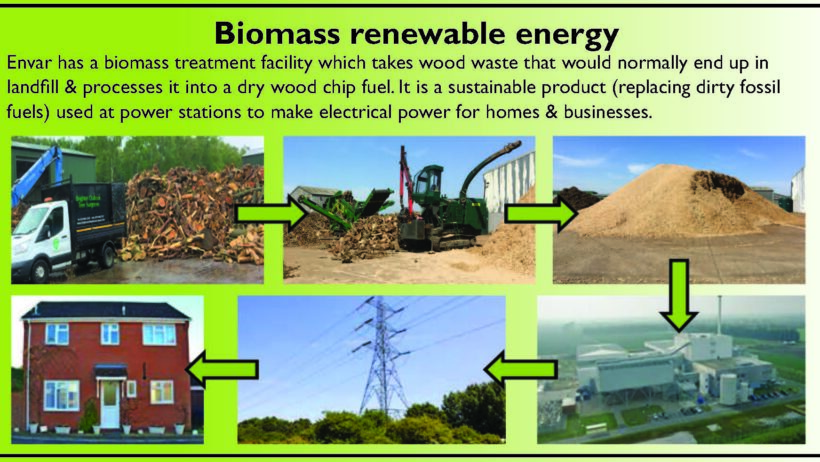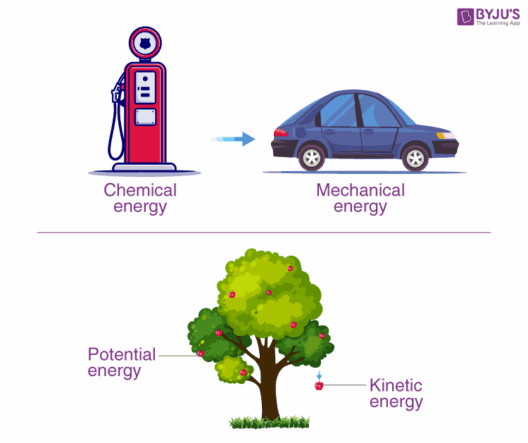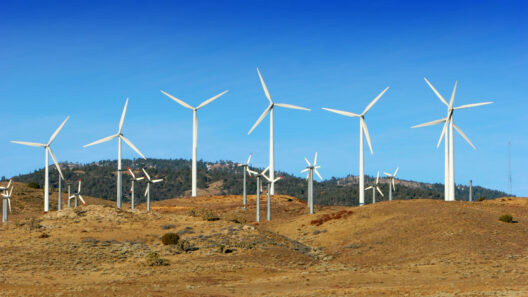In an age where climate change dominates discussions around sustainability, the exploration of biomass and renewable energy sources has garnered significant attention. But in a world that thrives on convenience, how can we effectively conserve these invaluable resources? This question invites dramatic contemplation, let’s consider the challenge: can we balance our insatiable energy demands while preserving these ecological treasures?
Biomass energy, derived from organic materials such as plant matter, agricultural residues, and even municipal solid waste, represents a significant opportunity for reducing our carbon footprint. Unlike fossil fuels, which release an abundance of carbon dioxide and other greenhouse gases upon combustion, biomass can be leveraged in a manner that recycles carbon within the biosphere. The essence of conservation lies not solely in the generation of energy but in preserving the foundations that make this energy production possible.
The first dimension to explore in conserving biomass involves optimizing its supply chain. Inefficient processing and transportation can lead to significant waste. Strategies such as localized biomass generation can reduce the environmental toll linked to transport emissions. By maximizing local resources, communities can create a self-sustaining loop, ensuring that energy production remains closely tied to the renewable resources that fuel it.
Moreover, implementing sustainable harvesting techniques is paramount. Practices such as selective logging and agroforestry promote biodiversity and soil health while ensuring that biomass resources regenerate at a rate that equals or surpasses consumption. This regenerative approach not only conserves biomass resources but also preserves ecosystems that many species rely on for habitat, thus upholding natural balances required for a thriving planet.
Pondering the energy transition, we must recognize the role of innovation in biomass technology. Advances in biogas production, where organic material is anaerobically digested, can lead to safer and more efficient energy solutions that mitigate the methane emissions traditionally associated with decomposing organic waste. By capitalizing on cutting-edge technologies, we ensure that our approach to biomass energy is both effective and sustainable.
Shifting gears slightly, let’s consider the integration of renewable energy sources like solar, wind, and hydroelectric energy into our conservation strategies. While biomass serves as an indispensable energy source, it should be part of a diverse energy portfolio. Encouraging multifaceted energy sourcing helps to offset dependence on any single resource. This diversification cushions against fluctuations in biomass availability due to drought, natural disasters, or agricultural limitations, thereby reinforcing the resilience of energy supply chains.
Incorporating renewable energy systems alongside biomass means creating platforms for education and awareness. Many individuals remain unaware of the significance of these sustainable practices, leading minds to ponder: how can we engage communities to participate actively in conserving biomass and renewable energy sources? This engagement may require innovative outreach programs focused on ecological education, where local schools, civic groups, and businesses collaborate to promote green initiatives. Measuring the engagement might not be straightforward, yet promoting discussions around energy consumption habits can ignite transformation at the grassroots level.
The ubiquitous challenge of policy and regulation must also be addressed. Strengthening laws that promote the ethical production and usage of biomass while minimizing deforestation and soil degradation is crucial. Fostering a policy environment conducive to sustainability can incentivize entrepreneurs to invest in biomass solutions, thus driving innovation while ensuring that conservation is embedded in the core of their operations. It poses a dual challenge: creating policies that are both environmentally sound and economically viable.
In addition to legislative frameworks, we must also cultivate an ideology that challenges notions of waste. Biomass should not be seen merely as an energy source; rather, it represents a paradigm shift towards circular economies. Waste that once would have contributed to landfills can be reimagined as a potential energy source. By redefining waste, we contribute to a conservation ethos, prompting businesses and consumers alike to rethink how materials are used and reused. Sustainable practices like composting and cooperative recycling initiatives enable communities to take ownership of energy sources, linking social responsibility with environmental stewardship.
Furthermore, while discussing conservation, one mustn’t overlook the potential conflicts inherent to biomass harvesting. Biopower facilities need an adequate supply of biomass, leading to competition between energy producers and food growers for the same resources. Ensuring that enough biomass is produced without compromising food security requires careful planning and collaboration among stakeholders. This challenge shrouded in paradox invites innovative solutions that reimagine the intersection of agronomy and energy production. Might crop residues be utilized in energy generation without limiting food supply? Perhaps crop diversification can bolster both environmental health and energy sustainability.
Lastly, we turn to the role of individual action. While large-scale changes may create substantial impacts, every small effort contributes to the overarching narrative of conservation. Energy efficiency in homes, advocacy for greener local policies, and lifestyle choices that promote reduced waste are but a few ways individuals can support the larger quest for conserving biomass and renewable energy sources. The challenge remains: how do we inspire collective action from individual choices? Community-driven efforts, bolstered by social media and grassroots campaigns, have the potential to galvanize societal shifts toward more sustainable practices.
As we navigate the complexities surrounding biomass and renewable energy conservation, embracing a multifaceted approach can yield profound impacts. It is a challenge steeped in collaboration, innovation, and community engagement, marrying our energy needs with sustainability goals. The road ahead requires deliberate action and a rethink of conventional paradigms to grasp the opportunity held within renewable resources. The question remains: are we ready to rise to the challenge?








